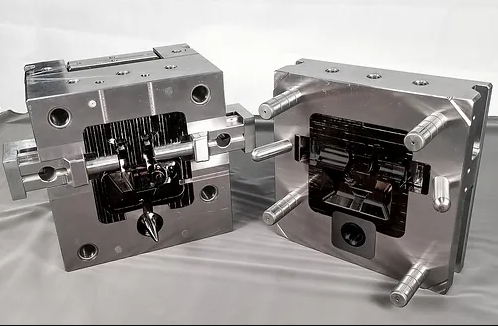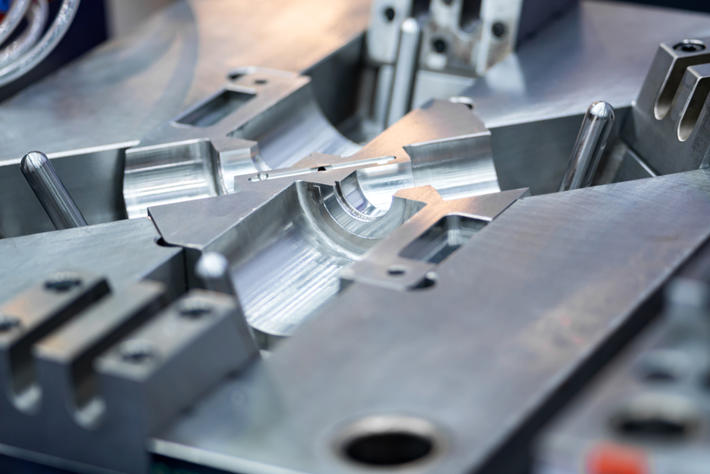Die casting is a crucial process in the manufacturing industry, which involves the production of complex metal parts with high accuracy and consistency. This process is widely used in various industries such as automotive, electronics, aerospace, and medical equipment manufacturing. For die casting to be successful, several factors must be considered, and the design of the die casting mold is one of the most critical factors. In this article, we will discuss some effective die casting design strategies for optimal performance.
1. Design for Manufacturability
Design for manufacturability (DFM) is a design approach that focuses on optimizing the product design for efficient manufacturing. This approach involves considering the manufacturing process’s limitations, capabilities, and constraints during the product design phase. When designing the die casting mold, the designer must consider the mold’s manufacturing process’s limitations and capabilities to ensure that the mold can produce the desired part consistently and accurately. DFM can reduce lead times, minimize costs, and improve product quality.
2. Proper Wall Thickness
The wall thickness of the die casting mold is critical for the success of the process. The thickness of the walls determines the strength of the parts and the amount of material used in the process. The designer must ensure that the mold’s wall thickness is uniform to prevent defects such as porosity, warping, and shrinkage. Thick walls take longer to solidify, while thin walls cool quickly, leading to defects. The designer must choose the appropriate wall thickness based on the part’s size and complexity.
3. Use of Draft Angles
Draft angles are critical in the die casting process. They are used to create a taper on the mold’s vertical faces, making it easier to eject the part from the mold. The draft angle ensures that the part is ejected smoothly without causing any damage. The designer must ensure that the draft angles are consistent throughout the mold to avoid defects such as flashing and deformation.
4. Proper Placement of Gates and Runners
Gates and runners are critical components of the die casting mold. They are used to inject molten metal into the mold cavity. The placement of the gates and runners is critical to ensure that the molten metal flows uniformly into the mold cavity. The designer must ensure that the gates and runners are appropriately sized and placed to avoid defects such as cold shuts, porosity, and air entrapment.

5. Optimal Cooling
Cooling is a crucial part of the die casting process. Proper cooling ensures that the parts solidify uniformly and quickly, reducing cycle times and minimizing defects. The designer must ensure that the cooling channels are appropriately sized and placed to ensure uniform cooling. The cooling channels should be located at the thickest part of the mold to ensure proper cooling.
Conclusion
In conclusion, die casting is a complex process that requires careful consideration of several factors, including the design of the mold. Effective die casting design strategies such as design for manufacturability, proper wall thickness, use of draft angles, proper placement of gates and runners, and optimal cooling can help ensure optimal performance. By following these design strategies, manufacturers can reduce lead times, minimize costs, and improve product quality.
-

- Custom-made thixomolding parts UAV components with CNC machining &surface treatment
-

- OEM ձուլման բաղադրիչներ և մասեր
-

- Էլեկտրոնային հեծանիվների համար մագնեզիումի համաձուլվածքի ձուլման մասեր և բաղադրիչներ
-

- OEM high pressure die casting magnesium alloy wheel for e-bike
-

- Մագնեզիումի ձուլման մասեր Ղեկի սյուն
-

- OEM Die casting manufacturer produce magnesium alloy wheel for kids push bike

 0086-750-5616188
0086-750-5616188 +86 13392089688
+86 13392089688 sales@zhongmei-tech.com
sales@zhongmei-tech.com







